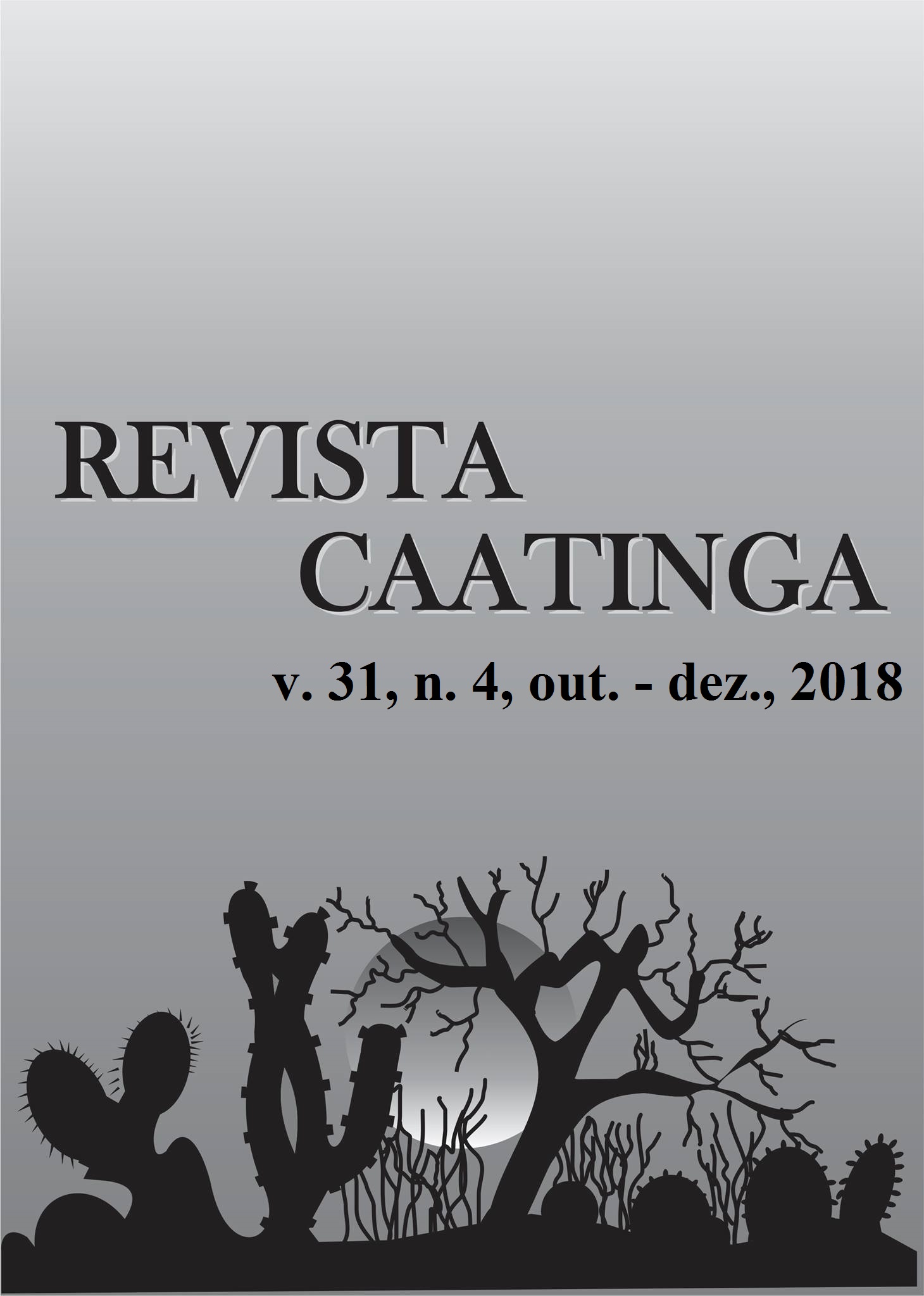SUGARCANE CROPS WITH CONTROLLED WATER DEFICIT IN THE SUB-MIDDLE SÃO FRANCISCO VALLEY, BRAZIL
DOI:
https://doi.org/10.1590/1983-21252018v31n419rcKeywords:
Saccharum officinarum L.. Irrigation management. Technological quality. Water use efficiency.Abstract
Sugarcane is one of the most affected crops by water scarcity. The efficient use of the irrigation water is an alternative to minimize this problem. The objective of this work was to evaluate biometric parameters, yield, and technological quality of sugarcane plants subjected to different controlled water deficit regimes in the sub-middle São Francisco Valley, Brazil. The experiment was conducted in a randomized block design, in two crop cycles, with three replications, with ten treatments consisted of three controlled water deficits (15%, 30%, and 45% of the crop evapotranspiration - ETc), applied at three development stages of the plant—sprouting and tillering (Stage I), grand growth (Stage II), and maturation (Stage III)—and a control with 100% of the ETc throughout the entire crop cycle. The controlled water deficit did not affect the technological quality of the sugarcane in any development stage. The sugarcane yield was higher when using a controlled water deficit of 30% of ETc in the sprouting and tillering stages of the plants. The water deficit of 15% of ETc is recommended for the grand growth, or maturation stages of the sugarcane plants for a greater water use efficiency of the production system.
Downloads
Downloads
Published
Issue
Section
License
Os Autores que publicam na Revista Caatinga concordam com os seguintes termos:
a) Os Autores mantêm os direitos autorais e concedem à revista o direito de primeira publicação, com o trabalho simultaneamente licenciado sob a Licença Creative Commons do tipo atribuição CC-BY, para todo o conteúdo do periódico, exceto onde estiver identificado, que permite o compartilhamento do trabalho com reconhecimento da autoria e publicação inicial nesta revista, sem fins comerciais.
b) Os Autores têm autorização para distribuição não-exclusiva da versão do trabalho publicada nesta revista (ex.: publicar em repositório institucional ou como capítulo de livro), com reconhecimento de autoria e publicação inicial nesta revista.
c) Os Autores têm permissão e são estimulados a publicar e distribuir seu trabalho online (ex.: em repositórios institucionais ou na sua página pessoal) a qualquer ponto antes ou durante o processo editorial, já que isso pode gerar alterações produtivas, bem como aumentar o impacto e a citação do trabalho publicado (Veja O Efeito do Acesso Livre).







